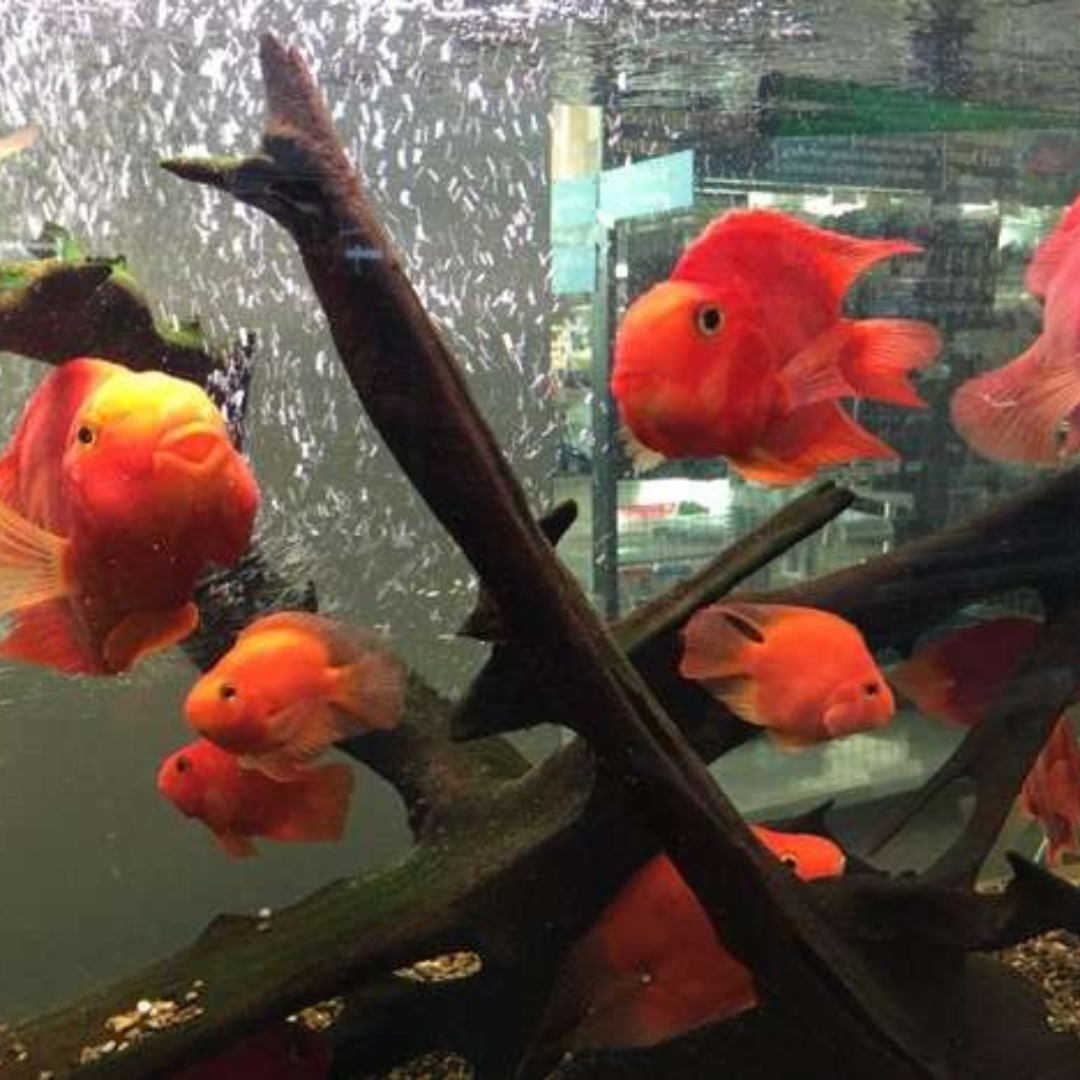If you’re the proud owner of a freshwater aquarium, you probably understand how crucial it is to keep the water clean and clear for your aquatic animals. Mechanical filtration is an essential part of doing this, and one product that has gained popularity in the aquarium hobby is the filter sock. In this post, we will go into the world of filter socks for freshwater aquariums, knowing their function, the advantages they provide, how to pick and install the best one, and looking at maintenance alternatives and options.
Understanding the Role of Filter Socks
Mechanical Filtration
Mechanical filtration is the foundation of every aquarium filtration system. The physical removal of waste and particles from the water is part of this procedure. Filter socks are crucial as a barrier, trapping and holding solid particulate matter suspended in the aquarium water. Particles are caught inside the sock’s strands as water passes, making the water cleaner and more transparent.
Placement in Sump System
In aquariums, filter socks are frequently installed in the sump system. The sump, a distinct chamber or compartment below the main tank, is a central location for numerous filtration tools. The heavier material is eliminated before it can settle by putting the filter sock in the sump so that water can travel through it before returning to the main tank.
Micron Ratings
The micron ratings of filter socks, which describe the sizes of particles they can successfully trap, range widely. For instance, a micron rating of 100 microns or below will trap tiny particles. In contrast, 200 microns or more will trap larger particles. The type of debris you wish to remove from the water and the needs particular to your tank will determine the appropriate micron grade.
Benefits of Using Filter Socks in Freshwater Tanks
Clearer Water – The fantastic increase in water purity is one of the most apparent advantages of filter socks. Filter socks contribute to crystal-clear water by effectively eliminating suspended particles, enabling you to appreciate your aquarium’s beauty completely.
Protection for Other Filter Media – The initial line of defense in your filtration system is made up of filter socks. By being captured, larger particles are prevented from clogging or prematurely fouling other filter media, such as biological and chemical filters. As a result, these media components last longer and must be replaced less frequently.
Reduction in Tank Maintenance – Less often maintained tanks result from cleaner water. You’ll need fewer water changes and cleanings since filter socks effectively remove particles. By doing this, you not only save time but also give your fish and plants a more stable habitat.
Enhanced Fish Health – clear and clean water is crucial for your aquatic wildlife’s well-being. Filter socks greatly help to provide the stress-free, pure environment that fish require to thrive. They assist in maintaining water quality by removing dangerous particles, lowering the risk of illnesses and stress-related problems in your fish.
How to Choose and Install the Right Filter Sock
Sizing – Effective filtration depends on choosing the appropriate size filter sock. To ensure a suitable fit, measure the dimensions of your sump or filter compartment. A tight fit will maximize the sock’s capacity for filtration by preventing water from escaping.
Micron Rating Choice -When selecting the micron rating for your filter sock, consider your tank’s particular requirements. Choose a smaller micron rating if you need to remove acceptable particle debris. A higher rating might be sufficient for larger debris.
Installation Tips – The method of installing a filter sock is simple. Most socks include a plastic collar or ring that fits over the sump or filter compartment hole. To ensure a snug fit, put the hose over the collar. Before returning to the primary tank, ensure the water has passed through the sock.
Frequency of Change – Depending on the kind you’re using and the bioload in your tank, you should change or clean your filter socks as needed. While some filter socks are reusable and may be cleaned by rinsing or washing, others are disposable and must be replaced when clogged. For best performance, routine maintenance is necessary.
Maintenance and Alternatives to Filter Socks
- Cleaning Process -Reusable filter socks require periodic washing to avoid blockages and maintain effective filtration. To clean, remove the sump and thoroughly rinse the hose in freshwater, or use a gentle detergent made for aquariums. Before putting the sock back in place, ensure it is dry.
- Disposables vs. Reusables – Filter disposable socks are practical because they may be changed as needed. On the other hand, they might be less cost-effective in the long run. Reusable filter socks need routine upkeep but eventually become more cost- and environmentally friendly.
- Alternatives to Consider – While filter socks work well, consider other options depending on your tastes. Popular substitutes include sponge filters, filter pads, and filter baskets, each of which has advantages. For instance, sponge filters are simple to clean and offer mechanical and biological filtration. You can alter filter pads and baskets to meet your unique filtration requirements.
Conclusion
Maintaining crystal-clear water in freshwater aquariums is essential for the welfare of your aquatic residents. Filter socks are an efficient mechanical filtration solution to keep your tank’s environment healthy and aesthetically pleasing. If you’re thinking about using filter socks, make sure to match the size, micron level, and maintenance strategy to the specific needs of your tank. The most important thing is to put your aquatic pets’ health and pleasure first, whether you use filter socks or investigate alternate filtration techniques. Have fun keeping fish!

